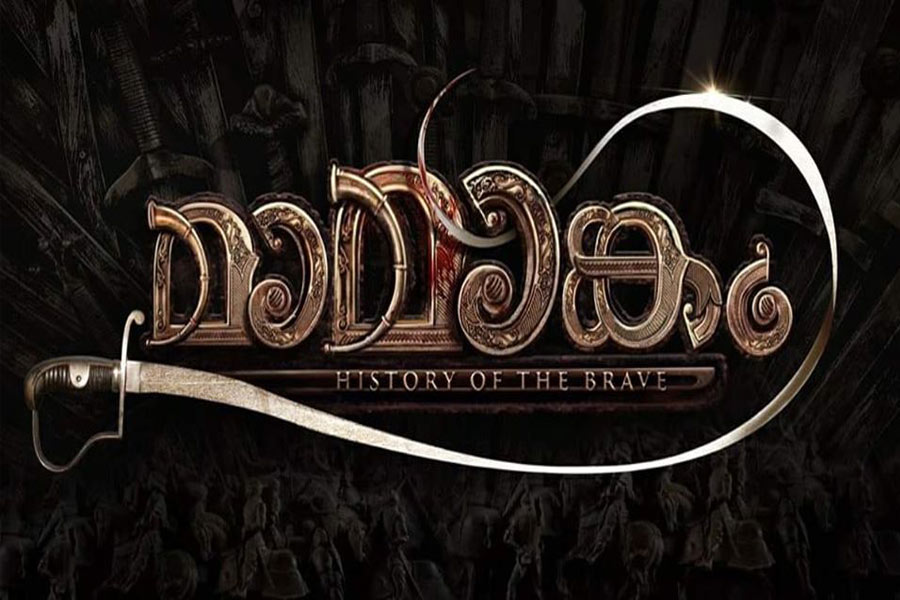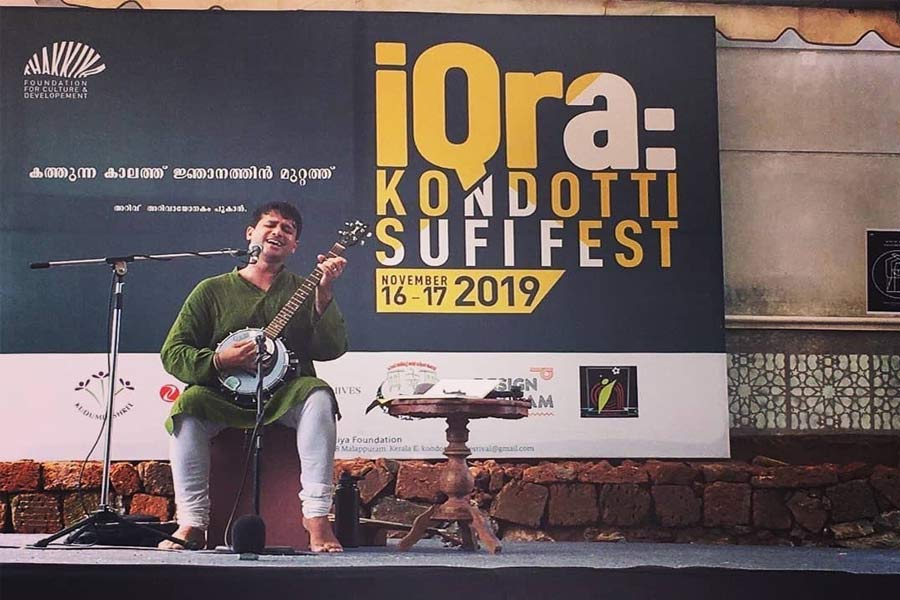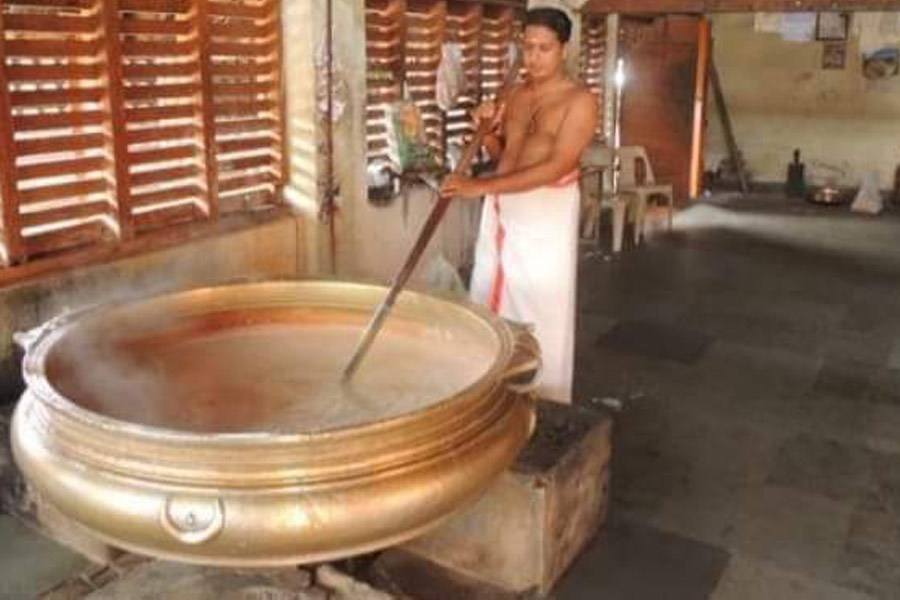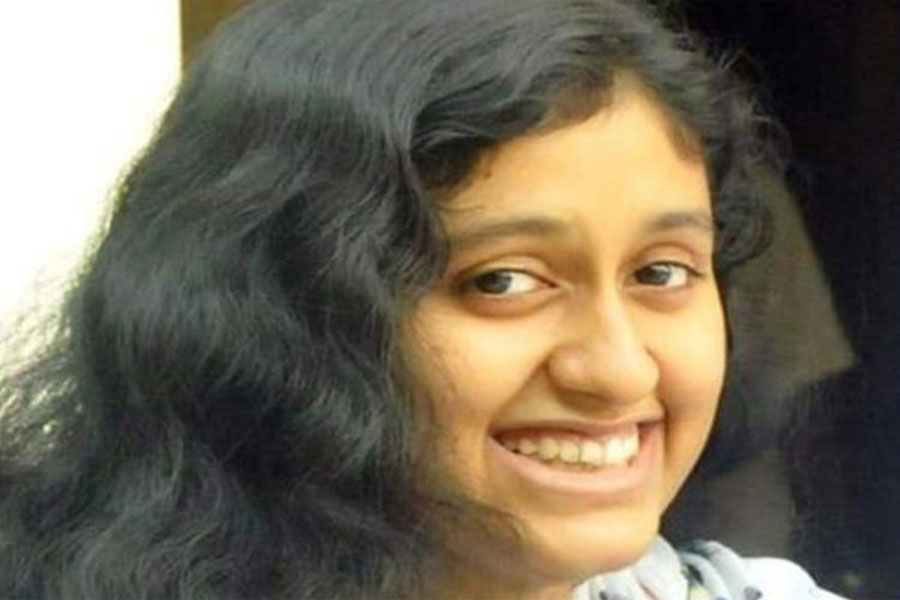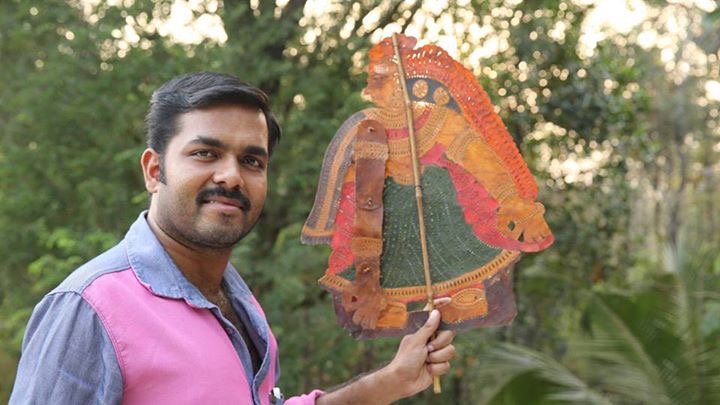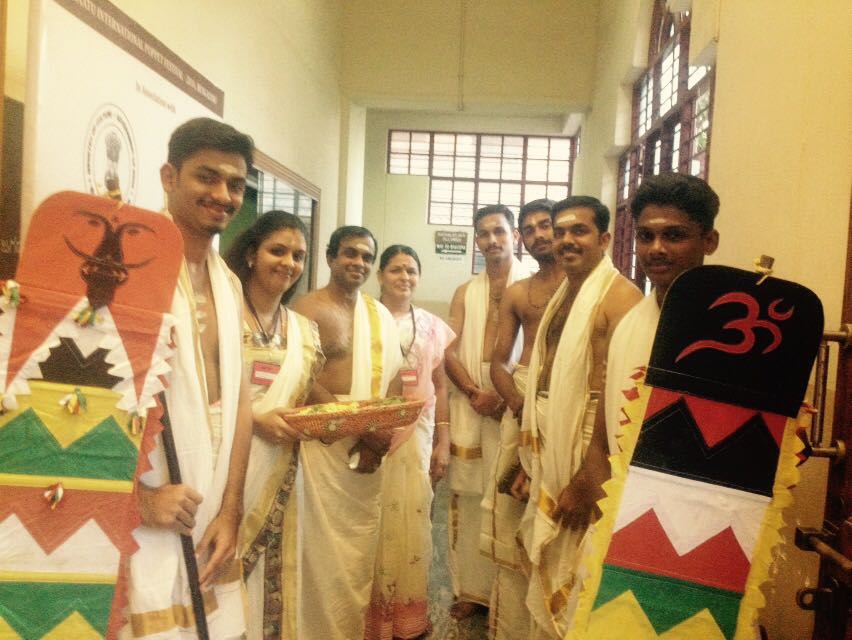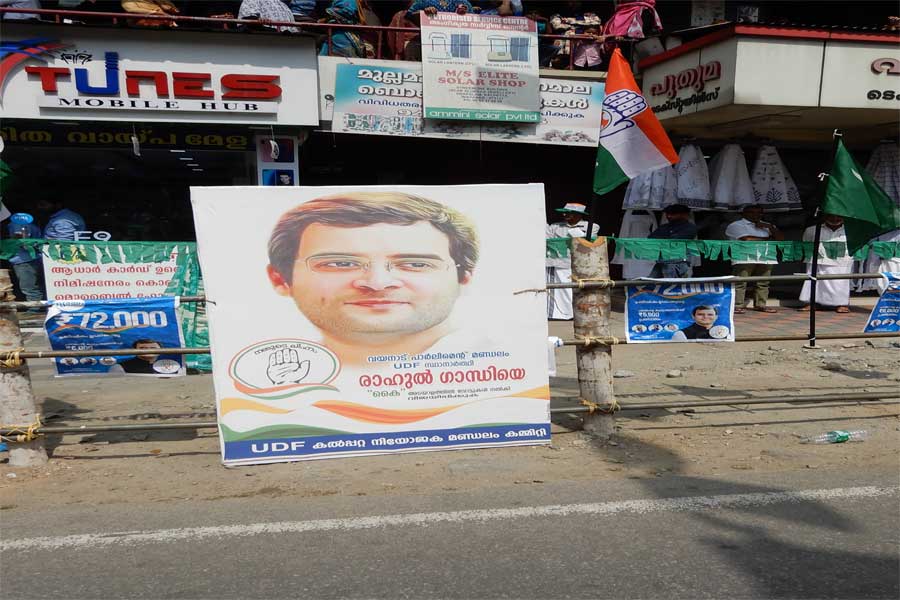Tholpavakoothu or shadow puppetry is one of the ancient art forms of Kerala. Even though its origin is not known, this art form is said to have been in existence since the time shadows were invented. Though there are shadow plays in other countries with various names, Tholpavakoothu is performed with temple rituals and in a traditional manner only in Kerala.
“Since people having the option of choosing other media today, they are not ready to give up their sleep to watch Tholpavakoothu late in the night,” says Rajeev Pulavur, a Tholpavakoothu artist from a traditional Tholpavakoothu family at Koonathara, Shoranur. When Rajeev says this, it is a clear indication of how the art is disappearing from this land.
Rajeev, the son of K.K. Ramachandra Pulavur, who is one of the great pioneers of the art form, aims to provide a breath of fresh air to this art. Rajeev has been performing it since the last 20 years. As the mindsets of people have changed over the years, he believes that understanding and adapting to those changes are necessary in order to preserve the art.
Even though the main plots for Tholpavakoothu are mythological stories and Ramayana, the present generation of artists include Pancha Thanthra stories, as well as contemporary and other secular themes in Tholpavakoothu.
“In order to publicise this art form, we have included the stories of Mahatma Gandhiji and freedom fighters and the stories of Jesus Christ. There are efforts to perform Tholpavakoothu, drawing inspiration from the famous Shakespearean dramas. We also stage Tholpavakoothu as a medium to give awareness and convey the message in schools and in various organisations,” Rajeev said.
Myth regarding Tholpavakoothu
Tholpavakoothu is mainly considered as an art from the Malabar region. It is performed in the Bhagavathi temples of Malappuram, Palakkad, and Thrissur districts.
According to the myth, Tholpavakoothu is the art form that was performed on the request of Bhadrakali, who could not see the fight between Rama and Ravana and the latter’s killing. The languages used in the Tholpavakoothu are Malayalam and Tamil and the theme is based on Kamba Ramayana.
The stage used for Tholpavakoothu is of 41 feet in length and would have a white screen to display the koothu. There would be 21 lit lamps, made out of coconut shells. The art is performed in this light, with the help of shadows.
Rajeev and his family also makes the pavas (puppets) used for the art form. The puppets are made from the skins of deer and buffaloes. Rajeev has received the ‘Young Talented Artist Award’ given by Kerala Sangeetha Nataka Akademi. He has also recently won the Kendra Sangeetha Natka Akademi Award for 2015.
Ultimately, Rajeev is trying to revive an art form, which has vanished from the temple premises and minds of people.


